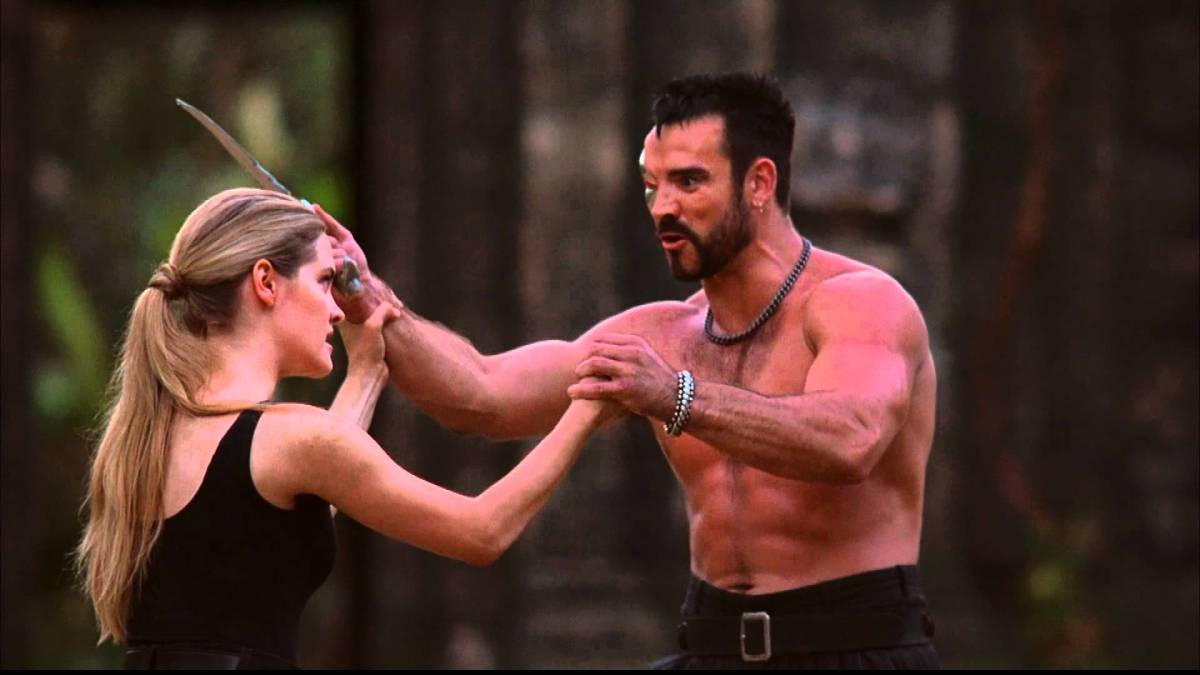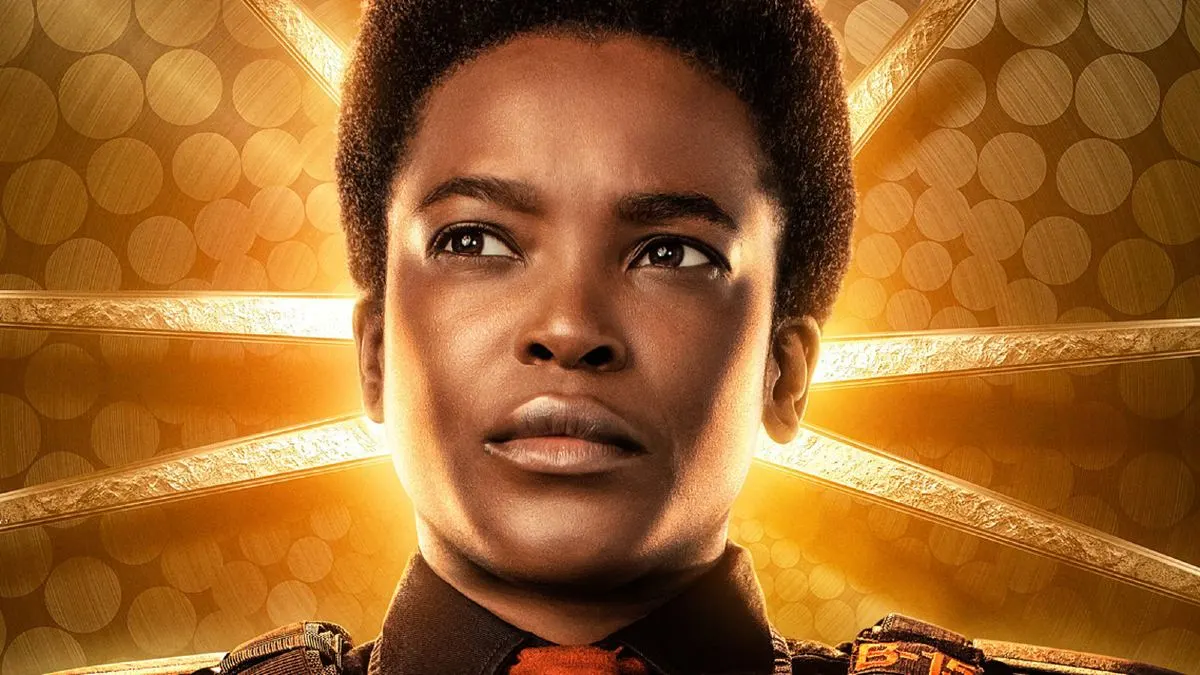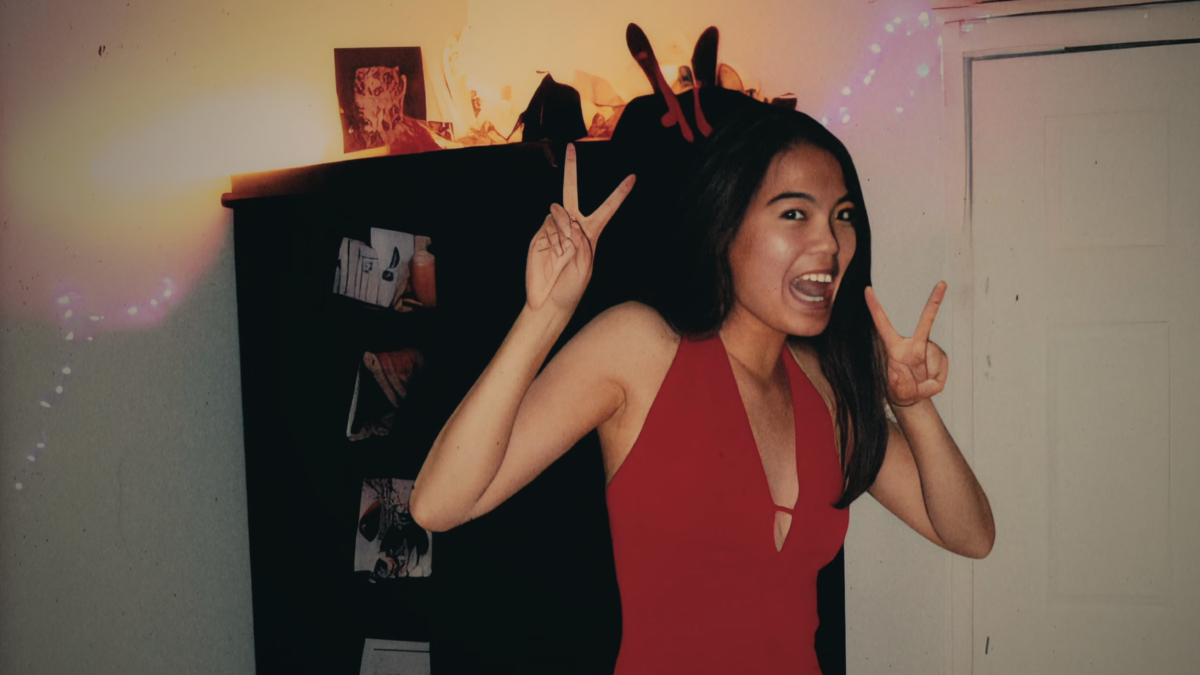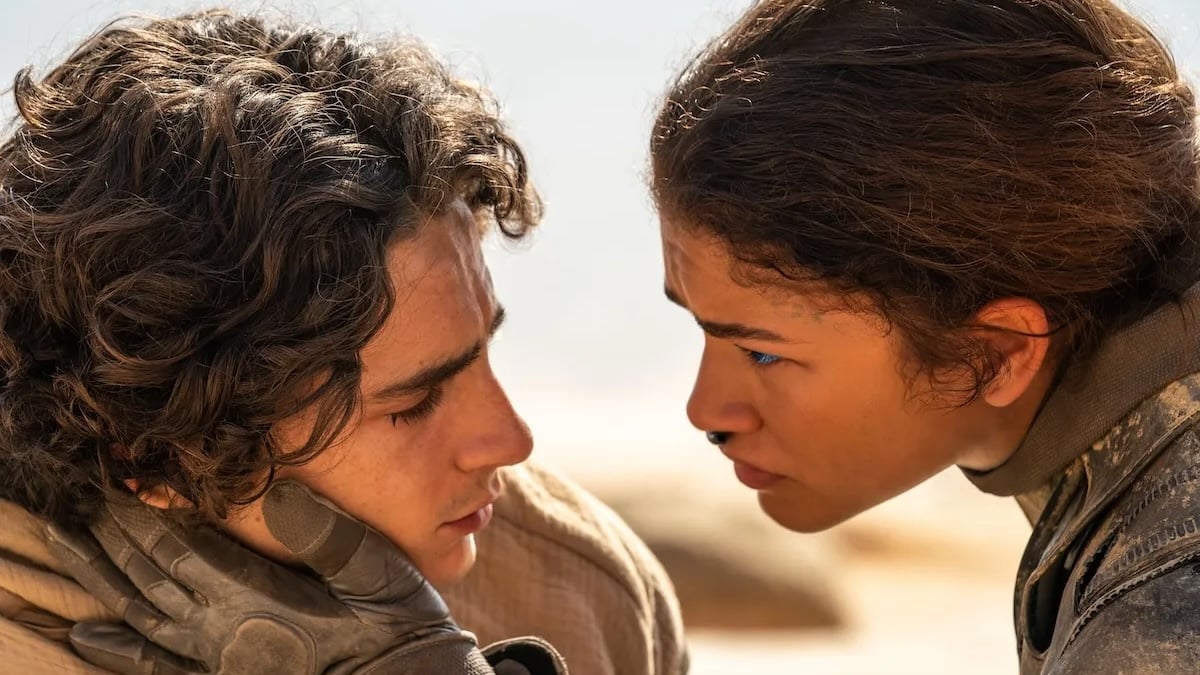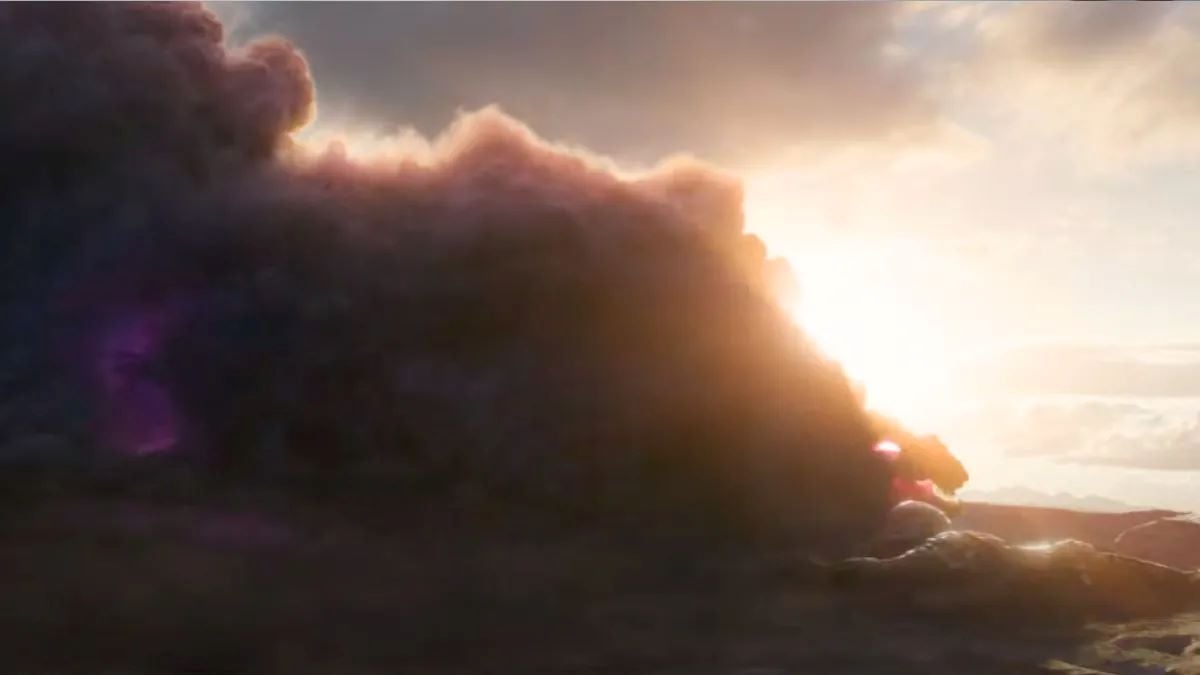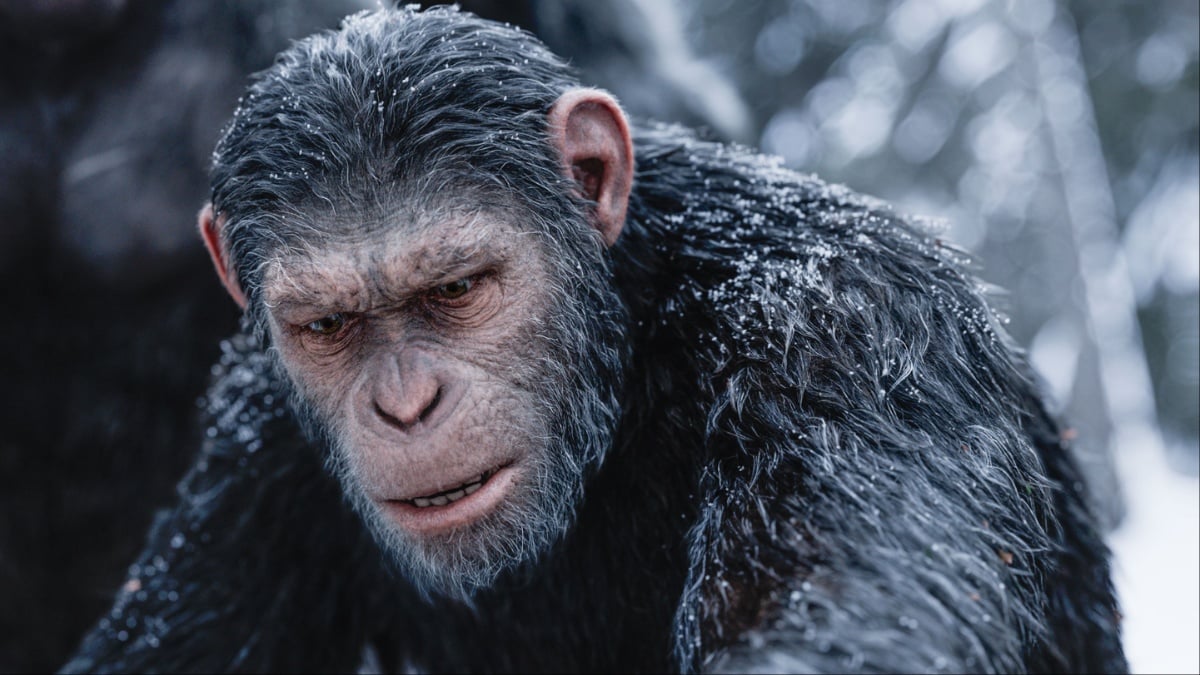The existence of the 1995 Mortal Kombat film, let alone its equally goofy sequels, has baffled me for ages—but now, the director, producers, and several actors have opened up in an oral history of how this videogame adaptation got funded and completed, against all odds.
Mortal Kombat often gets cited as one of the few game-to-screen adaptations that “succeeded,” although if you re-watch it now, you’ll probably wonder why anyone considered the film a “success.” Nonetheless, the film grossed $122 million and theoretically paved the way for other videogames to reach the silver screen. Back then, audiences were probably just excited to see the iconic MK characters in live action; nowadays, the film gets viewed more as a cult classic rather than as a cinematic masterpieces. In other words, the Mortal Kombat film now falls into the dubious category of “so bad it’s good.”
Part of that “good-badness” comes from the earnestness with which the film’s production team looked upon their project, as evidenced by these interviews. When producer Larry Kasanoff first played Mortal Kombat, he was overcome with emotion about its world: “This is Star Wars meets Enter the Dragon. This is not just an arcade game. This is a whole phenomenon.” In response, former Midway Games chief Neil D. Nicastro said, “You’re full of crap! It’s just an arcade game!” The movie’s attempt to negotiate those dueling sentiments is definitely part of its charm.
You wouldn’t know it from the final product, but the film’s production team was very picky about rewriting, re-shooting, and especially casting the film. Robin Shou, who played Liu Kang, apparently had to audition “seven times. My agent friend had never heard of anyone who had to read seven times… They were really hands on as far as picking this Asian Liu Kang, because he’s an Asian lead and they’re investing millions. It was grueling.”
Bridgette Wilson-Sampras, who got the role of Sonya after Cameron Diaz broke her wrist while learning the film’s fight scenes, also had to audition several times: “probably seven.” Why?!
The fight scene shoots sound as grueling as the casting process. Paul Anderson was a relatively unknown director at the time, and he admits he “learned a lot” while making the film. Unfortunately, some of that learning happened at the expense of his actors:
We started doing the master shot, and it’s this big, long fight, and we do it all in one take as a wide master. But there are a couple of mistakes, so I do it again. Then there are a couple more, so I do it again. And of course these guys are getting exhausted, because they are going for it. Robin comes up to me and says “Paul, you do know what coverage is, don’t you?” And I said “Oh yeah! Sorry about that.” In fight scenes, you use the wide shot for maybe like two seconds, and that’s it. You’re always in for the tight coverage for the impacts.
Yeesh. The interview also includes stories about the puppeteering of Goro, the fact that Linden Ashby did his own fights as Johnny Cage (just as Johnny Cage would), and details about the making of the soundtrack. I’ll end on this quote from producer Lauri Apelian:
With Talisa [Soto] (Kitana) and Bridgette (Sonya), we had two characters that were well rounded. I didn’t want the women to be cardboard characters. They needed to have a strength and an independence and an intellect that went well beyond their beauty and being sexy. They really were intelligent, strong women.
I’m not sure that “intelligence” comes across in the film, for any character, but I have always liked that the women in Mortal Kombat go up against supernatural (not to mention male) enemies and still hold their own without anybody questioning it—as Sonya does in her fight with Kano, for example. That alone might make the film worth re-watching … provided you’re with a group of friends who are ready to laugh quite a bit at the rest of the film’s unabashed campiness.
(via Hollywood Reporter, image via Reddit)
—Please make note of The Mary Sue’s general comment policy.—
Do you follow The Mary Sue on Twitter, Facebook, Tumblr, Pinterest, & Google +?



